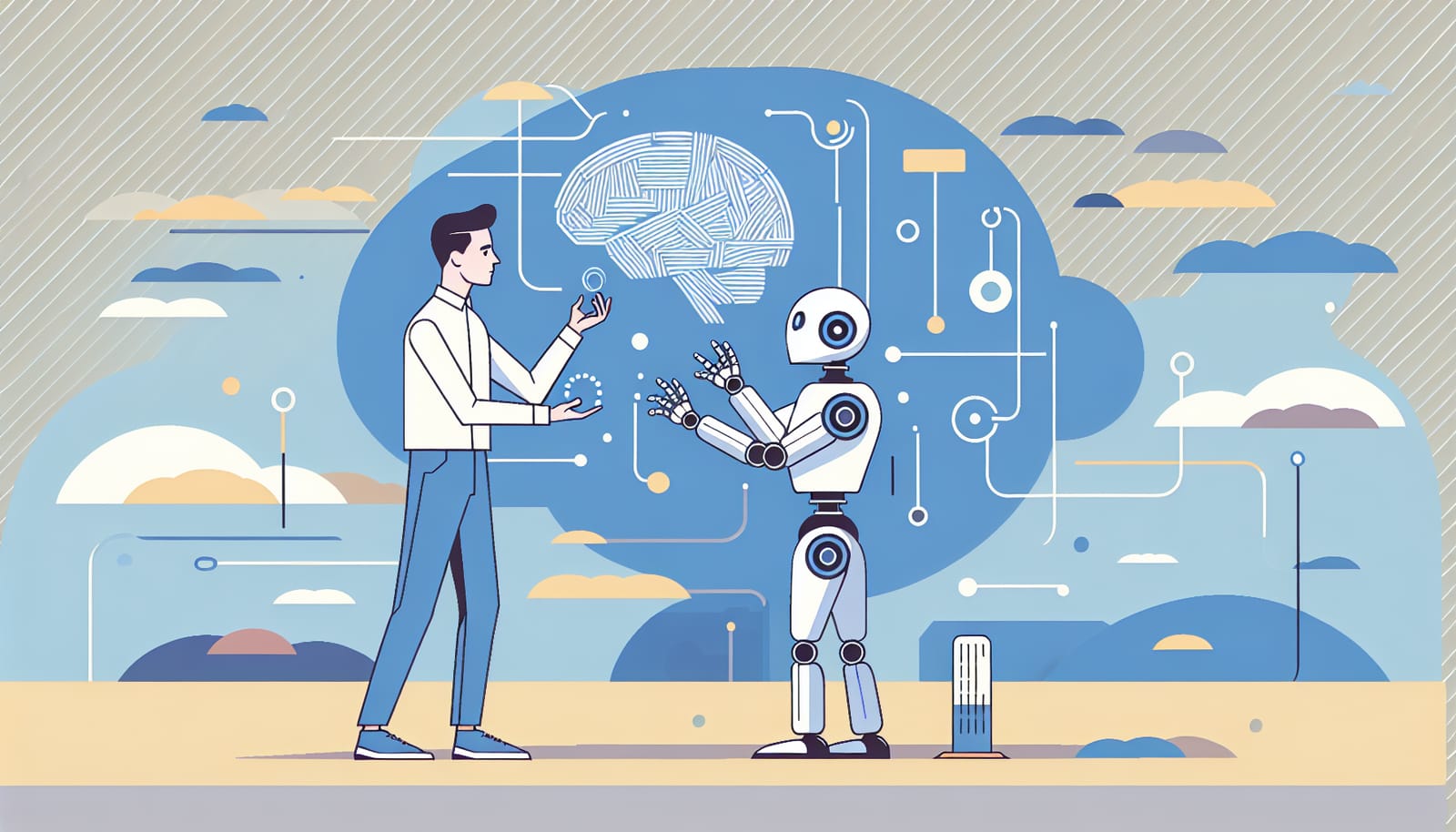Artificial Intelligence (AI) is a fascinating field that has transformed our lives in many ways—from recommending what movie to watch next to powering self-driving cars. However, one of the most common phrases you might hear in discussions about AI is the term "AI black box." This term might sound a bit intimidating, suggesting that AI is a mysterious entity that operates behind closed doors. But what does this really mean, and is it always the case? Let's dive into the world of AI and uncover the truth behind this intriguing concept.
What is the AI Black Box?
At its core, the term "black box" refers to a system whose internal workings are not visible or easily understood. In the case of AI, particularly in complex models like deep learning, the algorithms can analyze vast amounts of data and make predictions or decisions without providing a clear explanation of how they arrived at those conclusions. This lack of transparency is what makes these AI systems feel like a "black box."
But, not all AI is created equal! There are many types of AI systems, and some are much more transparent than others. For instance, simpler algorithms, like linear regression, allow us to see how different inputs affect the outcome. In contrast, deep learning systems can process data in layers, making it difficult to trace individual decisions back to specific inputs.
Why is Transparency Important?
Understanding how AI makes decisions is crucial for several reasons:
Trust: If we don’t understand how an AI arrived at a conclusion, we may hesitate to trust its decisions. For example, if a medical AI suggests a treatment, doctors and patients need to understand the reasoning behind it.
Accountability: When AI systems make mistakes, it’s essential to identify where things went wrong. Knowing how decisions are made can help in refining the models and ensuring better performance in the future.
Fairness: AI systems can sometimes perpetuate biases present in their training data. Understanding the decision-making process can help us identify and address these biases.
The Good News: Interpretable AI
Fortunately, researchers are actively working on creating more interpretable AI systems. This branch of AI is known as "interpretable AI" or "explainable AI." These systems strive to provide clear insights into how they function, making them less of a black box.
For example, some types of AI use techniques like feature importance, which shows how various inputs contribute to the output. In a simple analogy, if an AI predicts that a person might like a particular book, feature importance can help us understand that the person's previous preferences for romance novels played a significant role in the recommendation.
Real-Life Applications of Interpretable AI
Healthcare: AI is increasingly being used in healthcare, such as diagnosing diseases from medical images or predicting patient outcomes. Interpretable AI can help doctors understand the basis of the AI's recommendations, leading to better patient care.
Finance: In the finance sector, AI algorithms help in credit scoring. Interpretable models can clarify why someone was denied a loan, ensuring fairness and transparency.
Marketing: Businesses use AI to target ads more effectively. By understanding the decision-making process, marketers can refine their strategies and ensure they are reaching the right audience.
The Balance Between Complexity and Clarity
While it’s essential to strive for transparency, there’s often a trade-off between the complexity of the model and its interpretability. More complex models can yield better accuracy but may sacrifice clarity. Researchers are working to find the optimal balance, creating advanced models that still provide insights into their workings.
For example, some AI researchers are developing hybrid models that combine the strengths of both complex and interpretable systems. These models aim to maintain high accuracy while providing clear explanations for their decisions.
The Future of AI: Bridging the Gap
As AI technology continues to evolve, the focus on explainability will only increase. Companies and researchers are beginning to recognize the importance of transparency, not just for ethical reasons but also for practical ones. By making AI systems more understandable, we can enhance user trust and ensure that these technologies are used responsibly.
In educational settings, for instance, explainable AI can play a significant role. Imagine a classroom where students use AI-driven tools to help with their homework, and those tools can explain their reasoning in a way that students can understand. This would foster critical thinking and encourage deeper learning—an exciting prospect for educators and learners alike!
Conclusion: AI Doesn’t Have to Be a Mystery
While the "AI black box" may evoke a sense of mystery, it’s important to remember that not all AI systems operate in this way. Thanks to ongoing research and the push for more interpretable AI, we are moving toward a future where AI is not only powerful but also understandable.
As we continue to integrate AI into our daily lives, embracing transparency will be key to unlocking its full potential. So, whether you’re a curious child or someone interested in technology, remember: the world of AI is not as mysterious as it seems, and with a little understanding, we can all become more informed users of this incredible technology.
By demystifying AI, we can harness its capabilities to improve our lives, solve complex problems, and create a brighter, more innovative future. So, let’s dive in, explore, and discover what’s truly possible with AI!


